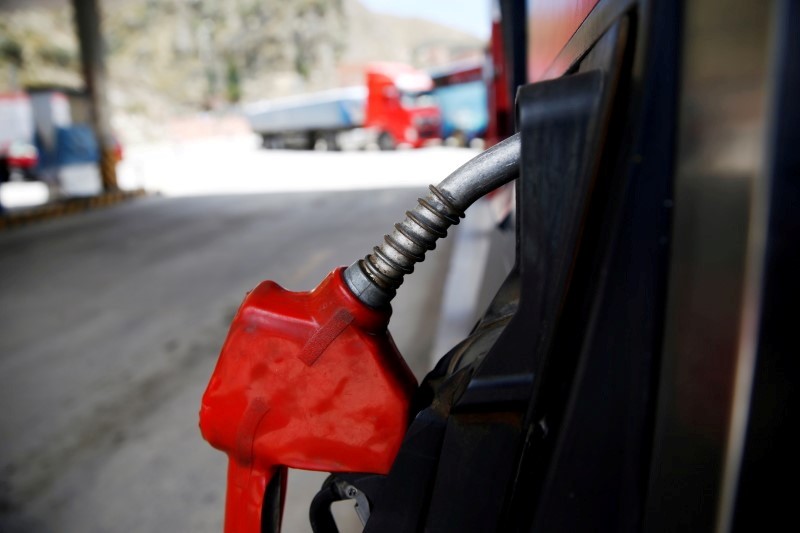The global oil market has seen significant shifts in recent times, with a 28% rally in oil prices last quarter due to output cuts from OPEC+ and supply limitations from Saudi Arabia and Russia. This surge, however, is predicted to lead to a drop in oil demand this quarter, as high prices impact consumer behavior and key sectors like aviation and construction.
JPMorgan’s global commodities strategy team has forecasted a year-end oil price of $86 per barrel. The prediction comes as soaring prices are expected to affect gasoline demand and industries such as aviation—including United Airlines (NASDAQ:UAL), Delta (NYSE:DAL), and American (NASDAQ:AAL)—and construction.
The volatility in West Texas Intermediate and International futures also came under the spotlight, hitting a 2023 high in September. The diesel price has surged by 30%, while jet fuel prices have also seen an uptick. These changes underscore the shifting dynamics of the global oil market.
Adding to these complexities, China and India’s roles have been pivotal in driving global oil demand growth. Inventory draws during the summer are turning into a slight build towards year-end, indicative of broader trends in the market.
This shift from deficit to potential surplus conditions comes on the back of OPEC+ output cuts and supply restraints from Saudi Arabia and Russia, which initially led to the 28% increase in oil prices last quarter. However, as JPMorgan analysts have noted, these high prices are likely to cause a decline in oil demand this quarter.
The global oil market continues to evolve with these fluctuations in pricing and demand dynamics. As we move further into the final quarter of 2023, these factors will undoubtedly remain central to discussions surrounding the future of the industry.
This article was generated with the support of AI and reviewed by an editor. For more information see our T&C.
Read the full article here



